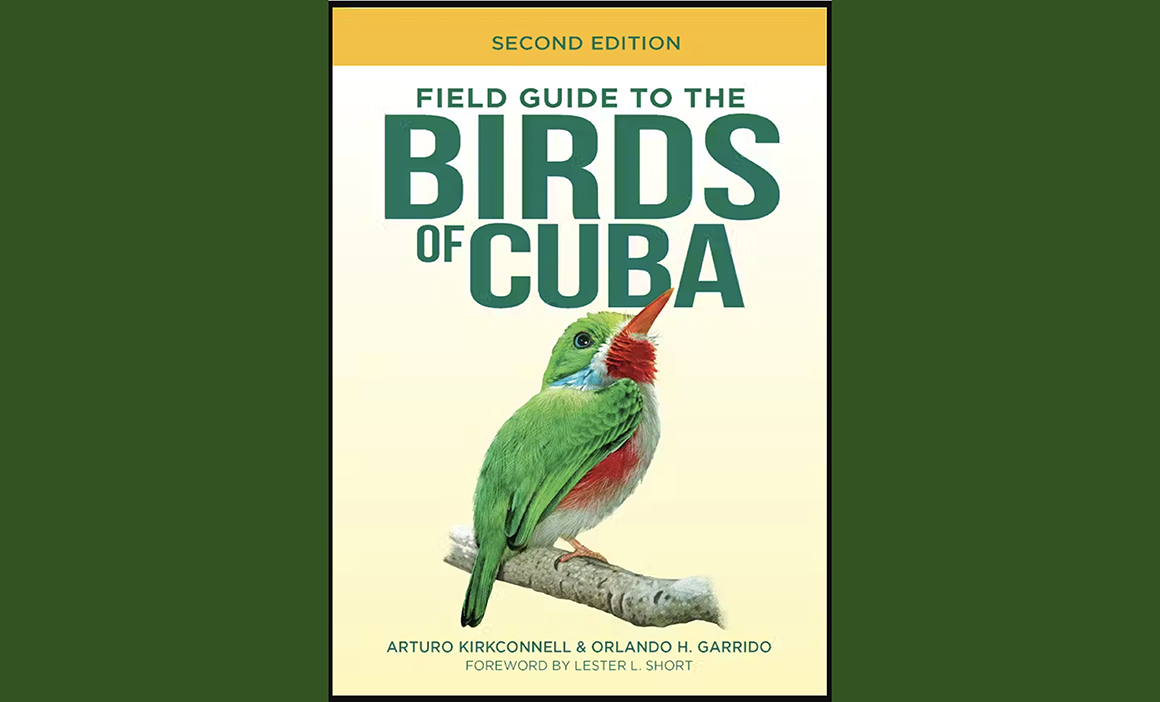
At last! An update of the only comprehensive field guide to the birds of Cuba, titled appropriately Field Guide to the Birds of Cuba, Second Edition. Written by Arturo Kirkconnell and Orlando H. Garrido, with artwork by a number of artists supplementing and updating paintings by original artist Román F. Compañy, this guide comes 24 years after the first edition. A lot has happened–significant taxonomic changes, additions of species and endemic subspecies to the Cuban avian checklist, distribution changes, and an increasing worldwide appreciation of this small but bird-rich country. Cuba is special birds–the smallest bird in the world, Bee Hummingbird; the adorable Cuban Today; the mythical Zapata Rail; the many West Indian endemics like Great Lizard-Cuckoo. It’s the devotion and energy of Cuban birders. And Cuba itself presents an entrancing mix of the old and new, especially if you visit cities like Camagüey, where you will be welcomed with smiles and music amidst colorfully decorated buildings along irregular, winding streets and sunny plazas.
Field Guide to the Birds of Cuba, second edition updates taxonomic, descriptive, and distribution information on the breeding, resident, and migratory birds of Cuba. The most evident change is the repackaging of text and artwork, from the placement of art plates in the middle of the book to the “modern” format of text-on-the-left, artwork-on-the-right. The result is a much lighter, slightly smaller book, probably too big for your pocket but easily carried in a backpack. The guide covers over 375 species, including 29 endemics, an increase of the 354 species, including 21 endemics, of the first volume . The guide retains many of the original illustrations by Román F. Compañy, with additional images and tweaks by a number of artists including Peter Burke, Tracy Taylor and Kristin Williams, Alvaro Jesús Serrano, Don Radovich, Cynthia Fisher, and others (the long list of plate credits can be found in the back of the book; the copyrights and Acknowledgements section note that many of these illustrations first appeared in the West Indies field guides by Herbert Raffaele). The Introduction has been totally rewritten, with illustrated sections on habitat, migration, conservation, an annotated map on where to watch birds in Cuba, advice for visiting birders, bird topography diagrams, and a brief guide on how to use the guide.
© 2024 Cornell University, Hummingbirds, pp. 64-65
Species Accounts
Species Accounts are organized by family and then genera, and though these groups are identified in English within the Accounts, users of the table of Contents better have their taxonomic checklists handy, because bird families are listed here by scientific name. (Scientific, common English and Spanish names are listed alphabetically in the Index, thankfully.) The organization will be familiar to most birders, based on the 2023 American Ornithological Society taxonomic scheme (ducks first, banaquits, honeycreepers bullfinches and grassquits last). The introduction states that “nomenclature and systemic arrangements” are based on AOS 2023 and HBW Alive. Since HBW Alive transitioned in 2020 to Cornell University’s online Birds of the World, which uses a different taxonomy, I’m assuming that the authors used the BirdLife International Checklist, which had previously merged with the HBW Alive system.
Bird family names are nicely set off in dark blue banners, accompanied by brief descriptions of the characteristics that tie its member species together. Species Accounts follow, three to five accounts per page. The most complete Species Accounts include: Name (common, Spanish, scientific); measurements; a lengthy description of physical characteristics, including distinguishing identification marks of the bird perched and flying (hawks, seabirds, swallows), differing plumage for juveniles and females, and similar species (if any); habitat; behavior; status (resident or migrant, Cuban or Greater Antilles endemic, common or vagrant); voice (brief descriptions and/or transliterations of sounds); and a distribution map. Importantly, the status section notes endemic subspecies and their distribution. There are many more endemic subspecies than I knew! Species accounts for vagrants and uncommon “transients” (like Wood-Warblers and many gull species) don’t have distribution maps, but even vagrants with five records get a complete write-up. There is an overall emphasis on winter plumage for migrant species, since that is how they usually arrive in Cuba, but plumages of many first-year birds are included even if they have not yet been recorded on the island.
Artwork
Illustrations on the right-hand side are labelled and numbered as plates, plate numbers nicely visible in the upper left-hand corner (an improvement from the original volume). I’m not quite sure why the use of plate numbers was continued, but it does make it easier to identify which artists are responsible for which image. Plate design is attractive and user-friendly. Species names are printed clearly next to each species group and additional identification labels (adult, juvenile, breeding, fall adult, winter, first-winter, etc.) are printed in a smaller but readable font. Symbols are used for males and females and all dimorphic species are illustrated. Significant plumage details are also noted for some species, but not many; in the gulls and terns accounts, for example, only the “broad white wing patch” of Large-billed Tern is noted.
© 2024 Cornell University, Swallow and Martins, pp. 164-165
These details really fail to convey the very different feel of the artwork and plates. Even though many of Román F. Compañy’s illustrations are still here, the addition of many more images by other artists, some with very different styles, and the re-arrangement of the sizes and placements of all images to align with the opposite text, results in illustrations that is more instructive, more balanced, but also less idiosyncratic. An example can be seen by comparing the Swallow plates from each edition. In the first edition, pictured imperfectly below, all nine Swallow species described in the guide are on the same plate, with Cuban Martin looming large against a Cuban landscape. Purple Martin flies away so close to the Cuban Martins, if you didn’t check you might think it was also one, and Cliff Swallow is only half a bird. In the second edition, shown above, ten Swallow species spread out across three plates (sorry, only one depicted here). The addition is Caribbean Martin, a vagrant documented two times after the publication of the first edition. There are a lot of additions and modifications to the swallow imagery: Tracy Taylor drew new images for Bank Swallow, showing off its banded breast in flight, plus new images of Tree Swallow and Northern Rough-winged Swallow in flight, a male Purple Martin, an adult male Caribbean Martin, and Barn, Cliff, and Cave Swallows in flight. Peter Burke added Bahama Swallows in flight. Otoniel Fernández contributed female Caribbean Martin, and José Forte modified the Cuban and Purple Martins in flight. There is a more “modern” feel to the new plates, while we can still see the essence of Company’s more painterly style. The new plates also show off two of Cuba’s most iconic and popular birds, Cuban Trogon and Cuban Tody. In the first edition, these species were crowded into a plate that also depicted Belted Kingfisher and Cuba’s three hummingbird species. The arrangement just didn’t work–I had to look two times to locate the poor little Tody! The birds now have a plate to themselves, redrawn by Alvaro Jesús Serrano and Cynthia Fisher, two adult Cuban Trogans sitting splendidly on a branch, sporting the colors of Cuba; the Cuban Tody all personality and cuteness in bright lime green and red. And the hummingbirds are resplendent flying about on their own plate, where the unique Bee Hummingbird gets SEVEN images, including five brand new and beautiful paintings by Alvaro Jesús Serrano, .
© 2000 Cornell University, Swallow and Martins, Plate 36
Finding Things & Back of the Book
The Index is the main way to locate species, unless you are familiar with the family scientific names used in the table of Contents, as noted above. Scientific, common, and Spanish names are listed alphabetically, referring users to page numbers, not plate numbers. It should be noted that this is a “keyword” index. That means that you won’t find “Cuban Emerald” under “Hummingbird,” it’s listed under “Emerald.” So, you need to know your bird names. If you don’t, the blue-bannered, large-print family names make browsing fairly easy. The Index does not index the material in the Introduction.
Additional back-of-the-book sections are “Endemic Taxa in Cuba”–a listing of endemic families, genera, species, and subspecies, including the extinct Cuban Macaw; a Glossary of terms used in the Species Accounts; a very brief Bibliography; and photo and plate Credits. The Bibliography lists major books and monographs about birds of Cuba and the West Indies, including titles by the author, but does not list the many scientific articles that have been published over the past 24 years, including those by the authors, on the taxonomy, distribution, and status of the birds of Cuba. It also does not list Endemic Birds of Cuba: A Comprehensive Field Guide by Nils Navarro (Ediciones Nuevos Mundos, 2015), nor Annotated Checklist of the Birds of Cuba, an annual publication since 2017, also by Nils Navarro, with co-author Ernesto Reyes Mouriño (the 2024 edition can be downloaded free as a PDF), both significant contributions to Cuban birding and ornithology.
Authors
Authors Arturo Kirkconnell and Orlando H. Garrido themselves are well-known in the world of Caribbean birding, particularly Garrido. A larger than life personality whose biography includes a youth as a Wimbledon-ranked tennis player, Garrido’s scientific career spanned decades; he mentored many naturalists and described “58 insect taxa, 21 birds, 90 reptiles (37 of them at the species level)….in total he [wrote] 298 publications.”* Many birders (including me) got to meet Garrido in his later years, where he regaled us with stories about Cuba and his life, using the many objects in his study as focal points. Garrido died at the age of 93 in June 2024. Kirkconnell has written 81 scientific articles on the birds of Cuba, is a co-author of A Birdwatchers’ Guide to Cuba, Jamaica, Hispaniola, Puerto Rico and the Caymans (2010) and A Photographic Guide to the Birds of Cuba (2020), and has been leading birding tours since 1988. It’s pretty clear that Kirkconnell was the main author of this second edition.
Conclusion
Field Guide to the Birds of Cuba, Second Edition is a welcome and very much needed comprehensive field guide that expands and improves on the well-regarded first edition in many ways. The organization has been totally overhauled and updated, artwork has been expanded and modified, text in the species accounts has been updated based on over 20 years of taxonomic and distribution studies, and the introductory materials on habitat and birding in Cuba has been totally updated and rewritten. There is only one thing left for the authors and publishers to do, and that is to produce a Spanish-language edition, as they did with the original.
Reading Field Guide to the Birds of Cuba brings back happy memories of my visit there in 2017, during a brief period when it looked like political obstacles to travel would soften. It’s not impossible for U.S. birders to bird Cuba these days, just not as easy as during a previous administration. Possibly, the political issues enhance the feeling of adventure one feels in Cuba. However you get there, it’s good to know that two excellent bird guides, this field guide and the endemic guide, are available to educate and enhance one’s birding experience. Few countries have such excellent resources.
* Birds Caribbean, “Happy 90th Birthday to Cuban Ornithologist and Living Legend—Orlando Garrido,” Feb. 2021, https://www.birdscaribbean.org/2021/02/happy-90th-birthday-to-cuban-ornithologist-and-living-legend-orlando-garrido/
Field Guide to the Birds of Cuba, Second Edition
by Arturo Kirkconnell and Orlando H. Garrido; Foreword by Lester L. Short
Comstock Publishing Associates, Cornell University Press, Oct. 2024
England—Bloomsbury Publishing, Nov. 2024
256 pages; 5.9 x 0.6 x 8.7 inches
ISBN-1: 1501755811; ISBN-13 : ?978-1501755811

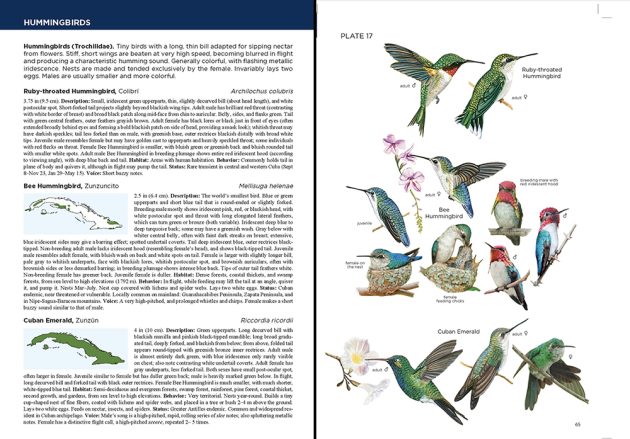
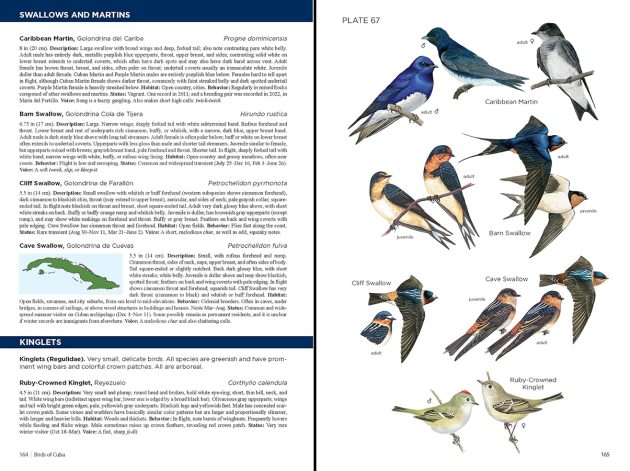
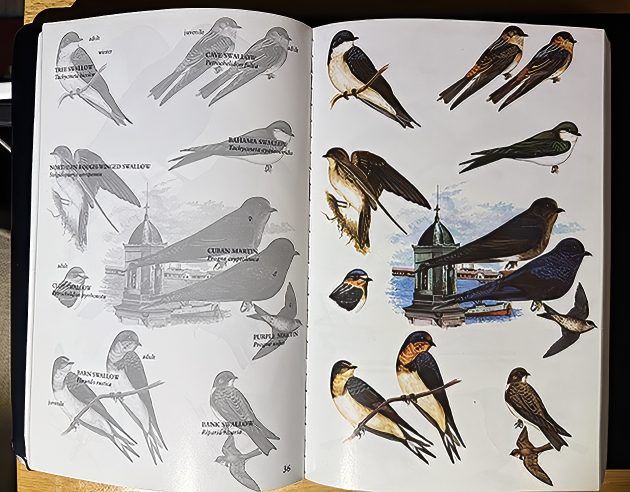
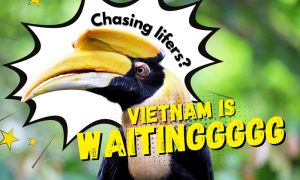
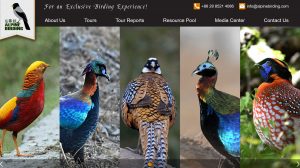
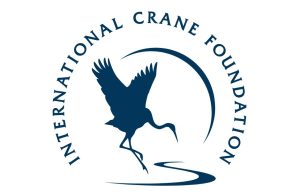
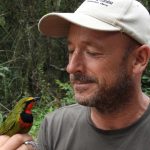
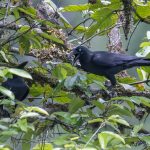

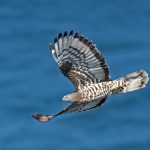
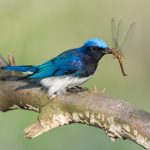
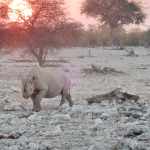
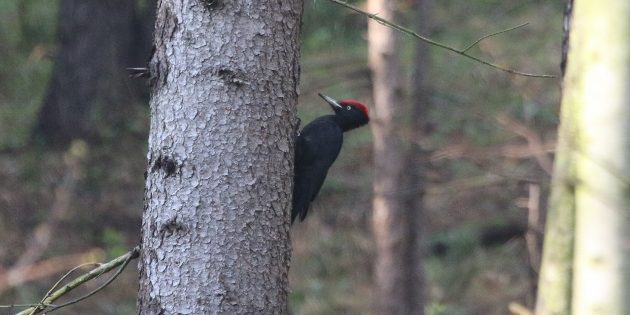
Leave a Comment